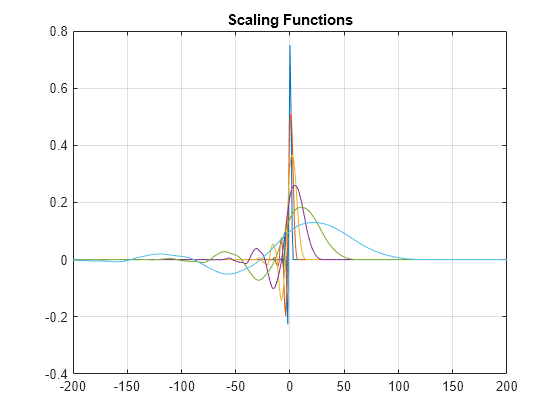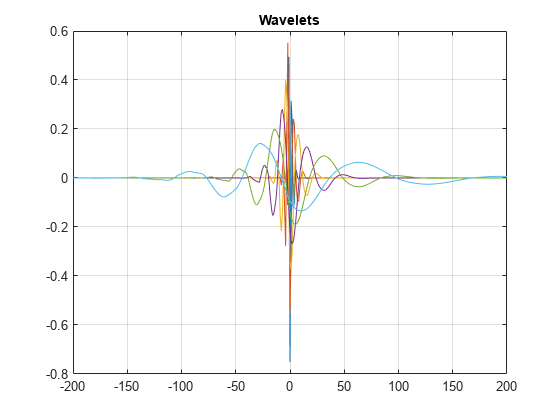isOrthogonal
Determine if DWT filter bank is orthogonal
Description
tf = isOrthogonal(fb)true if the discrete wavelet transform (DWT) filter bank
fb is an orthogonal filter bank and
false otherwise.
To determine if a DWT filter bank is biorthogonal, use isBiorthogonal.
Examples
Input Arguments
Version History
Introduced in R2018a

